The Encyclopedia of Operations Management
A Field Manual and Glossary of Operations Management Terms and Concepts
Arthur V. Hill
Vice President, Publisher: Tim Moore
Associate Publisher and Director of Marketing: Amy Neidlinger
Executive Editor: Jeanne Glasser
Editorial Assistant: Pamela Boland
Senior Marketing Manager: Julie Phifer
Assistant Marketing Manager: Megan Colvin
Cover Designer: Chuti Prasertsith
Managing Editor: Kristy Hart
Project Editor: Betsy Harris
Manufacturing Buyer: Dan Uhrig
2012 by Arthur V. Hill
Published by Pearson Education, Inc.
Publishing as FT Press
Upper Saddle River, New Jersey 07458
FT Press offers excellent discounts on this book when ordered in quantity for bulk purchases or special sales. For more information, please contact U.S. Corporate and Government Sales, 1-800-382-3419, .
Company and product names mentioned herein are the trademarks or registered trademarks of their respective owners.
All rights reserved. No part of this book may be reproduced, in any form or by any means, without permission in writing from the publisher.
Printed in the United States of America
First Printing July 2011
ISBN-10: 0-13-288370-8
ISBN-13: 978-0-13-288370-2
Pearson Education LTD.
Pearson Education Australia PTY, Limited.
Pearson Education Singapore, Pte. Ltd.
Pearson Education Asia, Ltd.
Pearson Education Canada, Ltd.
Pearson Educacin de Mexico, S.A. de C.V.
Pearson EducationJapan
Pearson Education Malaysia, Pte. Ltd.
The Library of Congress Cataloging-in-Publication data is on file.
To the author of all truth.
Preface
Purpose The Encyclopedia of Operations Management (EOM) is an ideal field manual for students, instructors, and practicing managers. For students, the EOM is a useful guide for developing an integrated mental map for the entire field of supply chain and operations management. It has also proven useful as a reference for students preparing for case discussions, exams, and job interviews. It is particularly helpful for students new to supply chain and operations management and for international students who need precise definitions of specialized terms. For instructors, the EOM is an invaluable desk reference and teaching aid that goes far beyond the typical dictionaries. Many instructors and doctoral students find the numerous figures, graphs, equations, Excel formulas, VBA code, and references helpful for their lectures and research. For practicing managers, the EOM is a valuable tool for black belt and green belt training programs and a powerful tool for helping organizations build a precise standard language.
This encyclopedia has proven to be a useful text for core undergraduate and graduate courses in both business and engineering schools. It is also useful for second-level courses in supply chain management, quality management, lean manufacturing, project management, service management, operations strategy, manufacturing management, industrial engineering, and manufacturing engineering.
Coverage The EOM covers a wide range of operations and supply chain management disciplines, including:
Accounting
Customer service
Distribution
e-business
Economics/finance
Forecasting
Healthcare management
Human resources management
Industrial engineering
Industrial relations
Inventory management
Lean sigma (six sigma)
Lean thinking
Logistics
Maintenance/reliability engineering
Management information systems
Manufacturing management
Marketing/sales
New product development
Operations research
Operations strategy
Organizational behavior/management
Personal time management
Production planning and control
Purchasing/supply management
Quality management
Reliability engineering
Service management
Simulation
Sourcing
Statistics
Supply chain management
Systems engineering
Theory of Constraints
Transportation
Warehousing
Format This book is designed to be an easily carried field manual. Each entry begins with a short formal definition followed by a longer description and ends with references to additional resources and cross-references (links) to related terms. The links (cross-references between terms) help the reader develop a complete mental map of the field. Essential terms are marked with a star ( ) at the end of the short definition.
) at the end of the short definition.
History As a faculty member at IMD International in Lausanne, Switzerland, I gave my MBA students a one-page list of about 50 essential operations management terms. Several students requested help defining those terms. This encyclopedia grew out of my response to those requests. As shown in the table below, the EOM has grown in size over the years. This 2012 edition has 540 new entries and nearly twice the number of links. More importantly, the EOM has grown in clarity and precision. About 30% of the entries were completely rewritten and many photos, figures, graphs, tables, examples, references, and footnotes were added and improved. We compressed the 2012 edition by about 50 pages so it is still a handy field manual. We did this by removing white space, shrinking figures, shortening longer entries, and combining entries to reduce redundancies. Comments, additions, and edits are welcomed and should be sent to the author at . Substantive contributions will be acknowledged in the next edition.
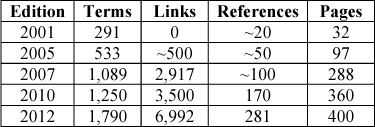
Arthur V. Hill, Associate Dean for MBA Programs, John & Nancy Lindahl Professor, Operations & Management Science Department, Curtis L. Carlson School of Management, University of Minnesota
How Readers Can Use this Encyclopedia
Most students, instructors, and managers struggle to build a simple framework for the supply chain and operations management discipline. Although most standard texts offer some type of framework, none of these frameworks has been widely accepted. The SCOR framework has gained wide acceptance for supply chain management, but less so for operations management. (See the SCOR entry.) This author helped create an award-winning framework published in Hays, Bouzdine-Chameeva, Meyer Goldstein, Hill, and Scavarda (2007). (See the operations management entry.) More recently, this author developed the much simpler Better-Faster-Cheaper-Stronger framework that is based on the following four fundamental premises:
Premise 1: All work is a process.
Premise 2: All processes can be improved.
Premise 3: Processes are improved by making them better, faster, cheaper, and stronger.
Premise 4: Improved processes add more value to customers, shareholders, employees, and society.
Better processes create products and services that more reliably meet customer requirements for both tangible and intangible product attributes. Faster processes require less time and provide more customization. Cheaper processes reduce cost by achieving a better balance between supply and demand and by improving the product and service design. Stronger processes are better aligned with higher-level strategies, are more sustainable, and better mitigate risks. This framework has a logical order. We start with customer requirements for performance and reliability (


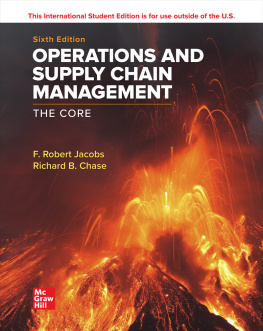
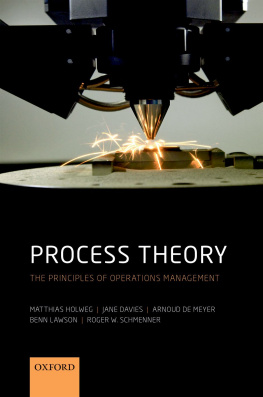
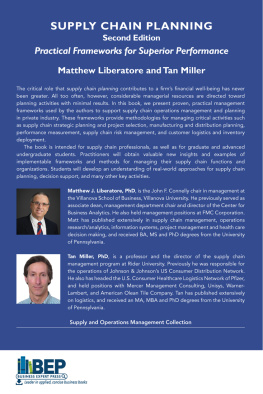
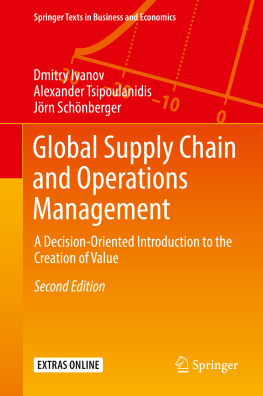
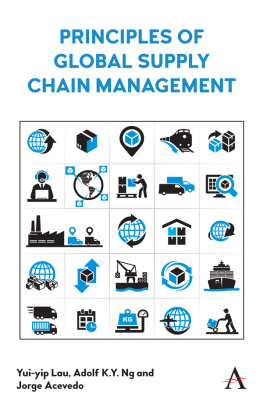
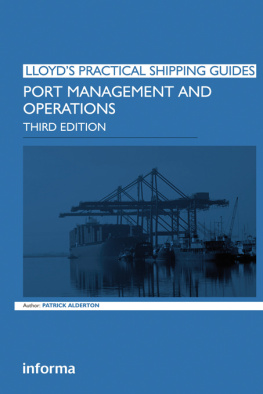
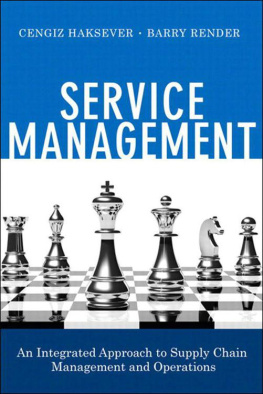
 ) at the end of the short definition.
) at the end of the short definition.